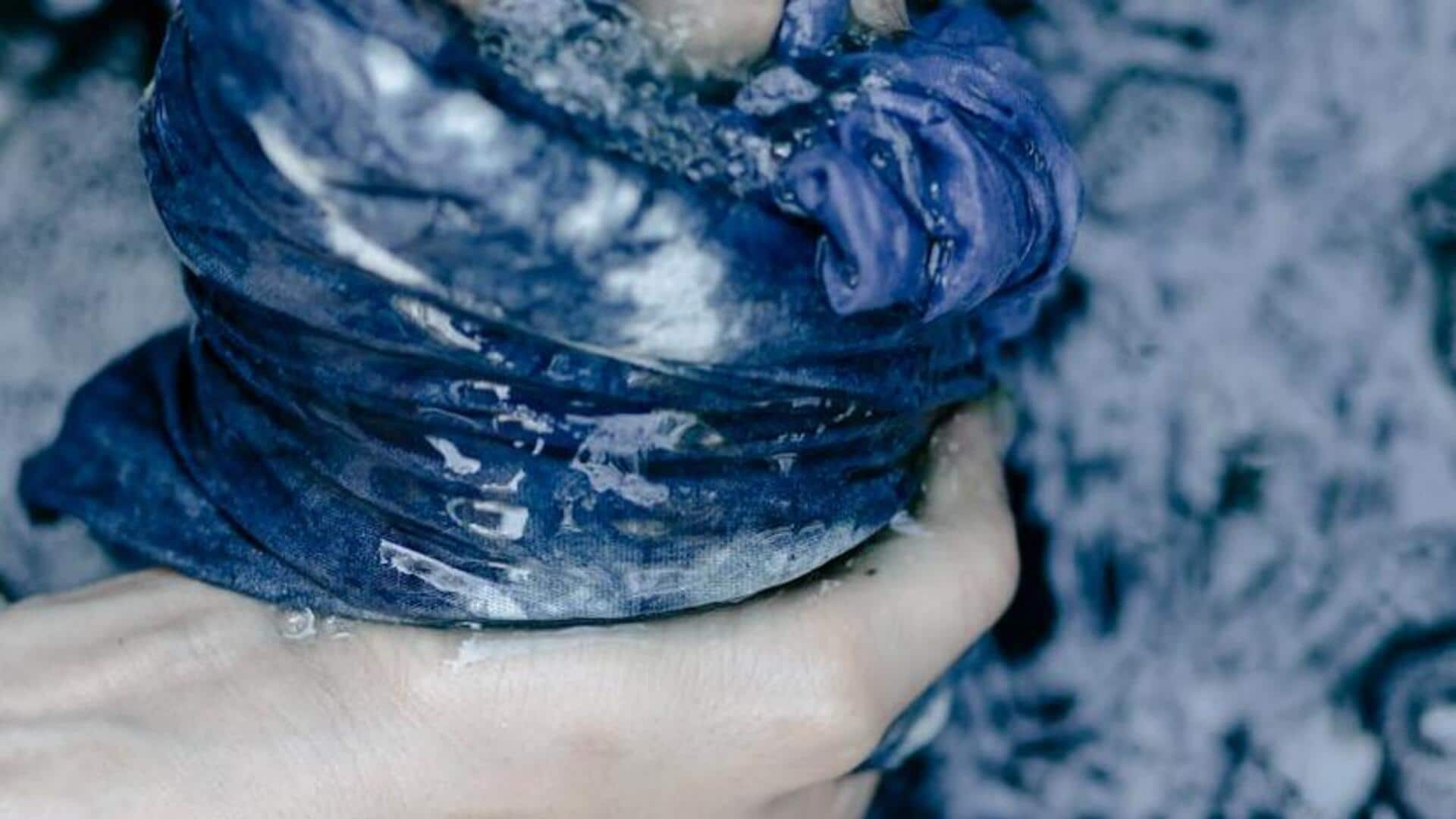
Reviving ancient dyeing techniques
What's the story
In a world where fast fashion dominates, there's a growing movement toward sustainability and the revival of ancient practices. Among these, mordant dyeing, a technique used for centuries to color fabrics, is making a comeback. This method not only offers rich hues but also promotes eco-friendly fashion. Let's explore how this age-old technique is being revitalized in modern times.
Background
The essence of mordant dyeing
Mordant dyeing is a traditional process that involves treating fabric with a mordant to fix the dye onto the material. This technique, used since ancient times across various cultures from India to Europe, employs mordants, usually metallic salts. These mordants create a chemical bond between the dye and the fabric, resulting in vibrant colors that last longer than those produced by direct dyeing methods.
Key concept
Sustainable color palette
One of the most appealing aspects of mordant dyeing is its potential for sustainability. Natural dyes derived from plants, minerals, and even insects are used in this process, reducing harmful chemical runoff associated with synthetic dyes. Moreover, because mordant dyes adhere more permanently to fabric, garments require less frequent washing and have a longer lifespan—further minimizing environmental impact.
Practical advice 1
DIY mordant dyeing at home
For those interested in trying mordant dyeing at home, start with simple projects using natural fibers like cotton or wool. Begin by selecting your natural dye—common options include turmeric for yellows, cochineal for reds, and indigo for blues. Prepare your mordant solution according to the type of fabric and desired color intensity; alum is a safe and widely available choice for beginners.
Practical advice 2
Embracing slow fashion
Embracing mordant dyeing isn't just about creating textiles; it's a step toward slow fashion. Learning these techniques and applying them to our clothing choices helps promote sustainable consumption. Purchasing naturally dyed garments or dyeing clothes at home reduces our fashion footprint. This method blends history, artistry, and environmental stewardship, reviving ancient crafts for a sustainable fashion future.